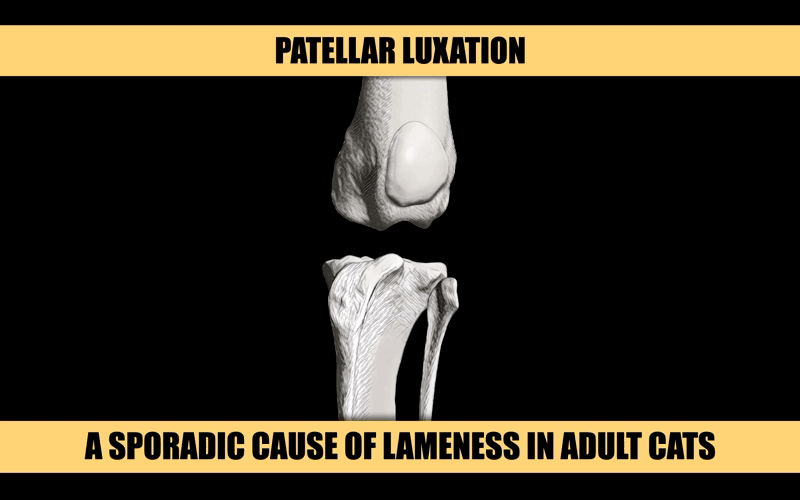LAMENESS DIAGNOSIS
When we think about lameness, we often imagine an obvious limp. We think of people and dogs, who are good at showing us their painful leg. Attempting to compare cats to dogs or humans invites confusion and misunderstanding. In the context of orthopaedic pain, cats are unique masters of disguise. If you’re a carer, I recommend learning how to identify the subtle signs of feline chronic pain.
FORELIMB LAMENESS
Cats are famous for disguising pain and giving nothing away during a veterinary exam. This means it can be very difficult to establish the true cause from a long list of possible causes. Investigation often begins with a search for one of the following three conditions.
READING TIME: 1 MINUTE
-

A popular rule of thumb states that “feline forelimb lameness is caused by a cat bite until proven otherwise”.
-

Elbow dysplasia triggers osteoarthritis in one or both elbows. Diagnosis requires x-rays or a CT scan.
-

Carpal (wrist) hyperextension is usually caused by jumping from a height. Diagnosis requires manipulative tests and x-rays.
HINDLIMB LAMENESS
Chronic hindlimb lameness is more common than chronic forelimb lameness. The list of potential causes is long, and definitive diagnosis can difficult. Two of the commonest conditions listed below are often present without being the cause of lameness. Hip dysplasia and patellar luxation are commonly identified as ‘innocent bystanders’ in cats with other more important problems.
READING TIME: 1.5 MINUTES






